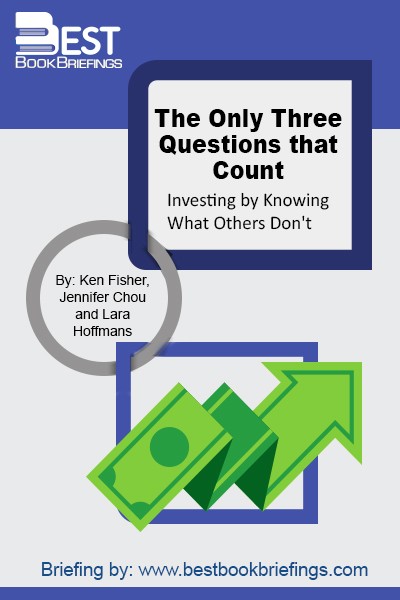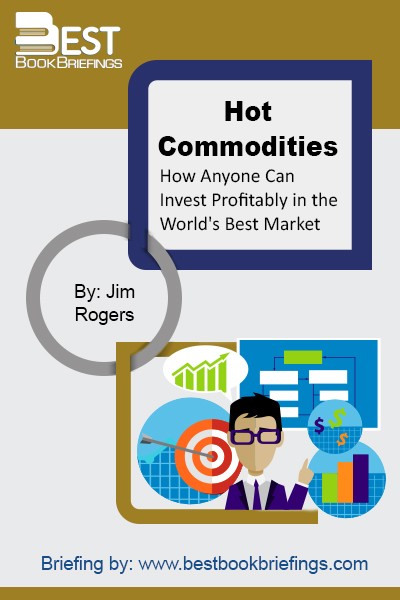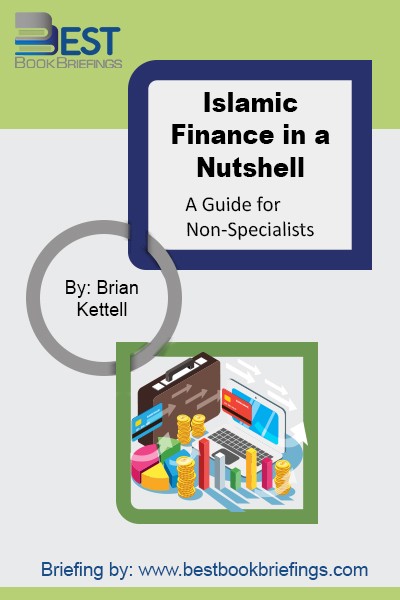Financial Intelligence
A Manager's Guide to knowing What the Numbers Really Mean
Number of pages: 288
Publisher: Harvard Business Press
BBB Library: Economics and Investment
ISBN: 9781591397649
Editorial Review
Accounting and finance like all other business disciplines, really are as much art as they are science. The art of accounting and finance is the art of using limited data to come as close as possible to an accurate description of how well a company is performing. Accounting and finance are not reality, they are a reflection of reality and the accuracy of that reflection depends on the ability of accountants and finance professionals to make reasonable assumptions and to calculate reasonable estimates.
Book Reviews
Books on Related Topics

Building new knowledge of how capital markets works is everyone's job, whether you accept that or not. You are part of it, whether you know it or not. By knowingly embracing it you can know things others don'tthings finance professionals don't know yet. You needn't be a finance professor or have

Why Commodities get no respect? Too many so-called smart investors consider themselves diversified if they have money in stocks, bonds, real-estate, and/maybe, for the sophisticated, some currencies. But commodities rarely, if ever, hit the radar screen. Successful investors look for opportunities to buy value cheap and hold it long-term, regardless of

The problem with being an adult is that you can basically do anything you want; no one’s going to stop you. whether that means spending several thousand dollars on something you don’t need or excessively eating out and hurting your monthly income; no one’s there to tell you can’t do this

Marc Miller, author of the best-selling sales book Selling Is Dead, delivers another critical tool for connecting with decision-makers to make more and bigger sales. A Seat at the Table offers a new sales approach: stop selling and start helping customers win, win bigger, and win more often. Customers only care

The ongoing turbulence in the global financial markets has drawn attention to an alternative system of financial intermediation, Islamic banking and finance. This sector has so far remained on the sidelines of the unrest. The sector has grown rapidly in recent years and this new found prominence has raised many questions

The Internet has irrevocably changed the world, and it continues to do so as developers build on the platform of connection it creates. Thus, far, the World Wide Web has been the greatest meta-application to leverage the underlying fiber of the Internet. The indexed web contains at least 4.73 billion pages,

In The Big Secret for the Small Investor, bestselling author Joel Greenblatt explains to everyday investors how to value a business, and why the small investor has an inherent edge over the big investment firms that have to show results month by month, quarter by quarter, year by year. Greenblatt then goes

No matter what your profession, no matter what your company does, no matter what your life situation may be—we all follow this fundamental and deeply rooted agricultural process in some way throughout the days of our lives. We are all the new agrarians. But do we recognize ourselves as such? Have



